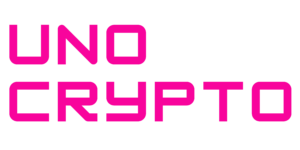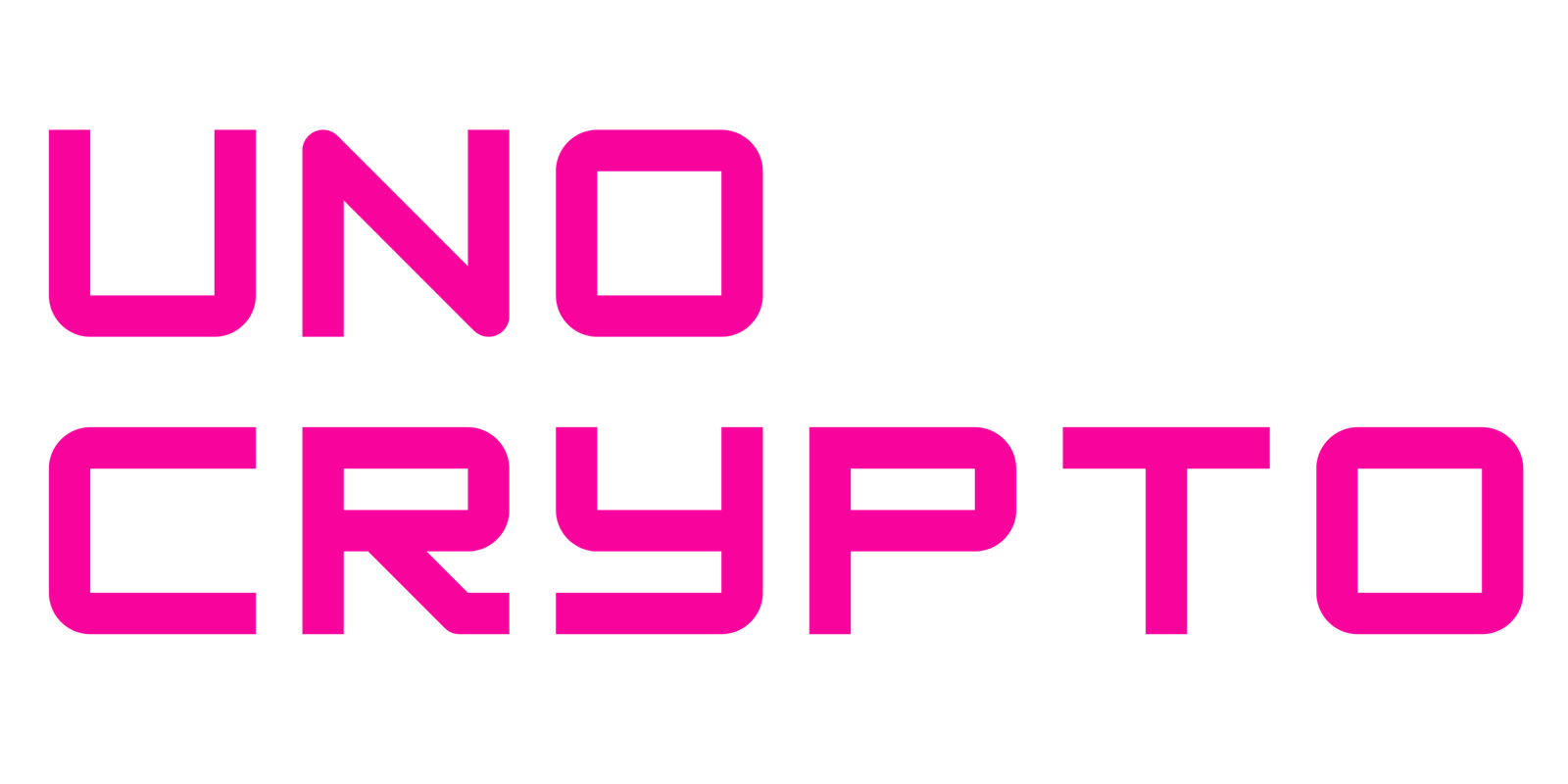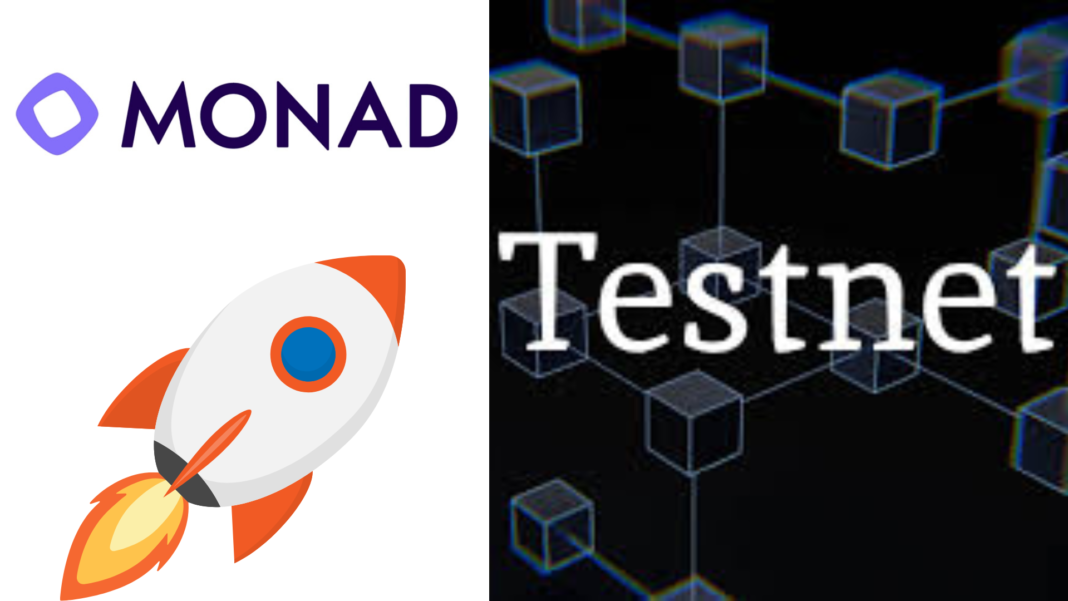Monad, a high-performance blockchain built for scalability and low-latency transactions, announced that it will be launching its Testnet on February 19th after the testnet has been in development for 2 years.
In order to find any flaws, improve performance, and refine functionality, the testnet will give users and developers the chance to evaluate the network’s capabilities in a real-world setting.
Monad’s Testnet Features: What Do They Include?
Delivering quicker transaction speeds, low fees, and strong scalability—three major issues facing existing blockchains like Ethereum—is the main goal of Monad’s architecture.
The testnet’s debut is essential to the network’s expansion since it enables the team to get input from early users and make the required adjustments.
Launching a testnet is essential to improving Monad’s infrastructure and drawing in developers as it gets ready for the mainnet.
Also Read: Polygon’s Aggregator Layer Launches V0.2 Testnet Launch, Will $POL Rise in the Future?
How Will The Testnet Benefit The Network?
Any blockchain project’s mainnet launch is a crucial event that signifies the change from a test or development stage to a fully functional network.
It marks the beginning of a decentralized ecosystem in which smart contracts and actual transactions can take place without the need for a test environment. Credibility is increased by this event, drawing in developers, consumers, and investors.
Additionally, it increases network usefulness by allowing the usage of native currencies for governance, staking, and real transactions. The stability, scalability, and security of the blockchain are demonstrated by a successful mainnet launch, which builds confidence and may encourage broad adoption and incorporation into the larger cryptocurrency ecosystem.
Monad’s Popularity Sees Surge
A high-performance blockchain called Monad was created to solve the scalability and efficiency issues that other blockchains, especially Ethereum, were having.
Monad, a network that is interoperable with Ethereum Virtual Machines (EVMs), seeks to provide increased throughput, reduced costs, and faster transaction speeds without sacrificing decentralization.
Because of its parallel processing-optimized architecture, it can process many transactions at once, increasing scalability. For developers of smart contracts and decentralized applications (dApps) looking to build on a quick, secure network, Monad is a desirable choice due to its emphasis on simplicity and performance.
Monad facilitates simple project integration by remaining compatible with the larger Ethereum ecosystem, drawing in both developers and users. It might establish itself as a top blockchain solution due to its capacity to manage large volumes of applications.
Also Read: Sony’s Soneium Minato Testnet Lines Up For Upgrade; Aims to Streamline Operations


